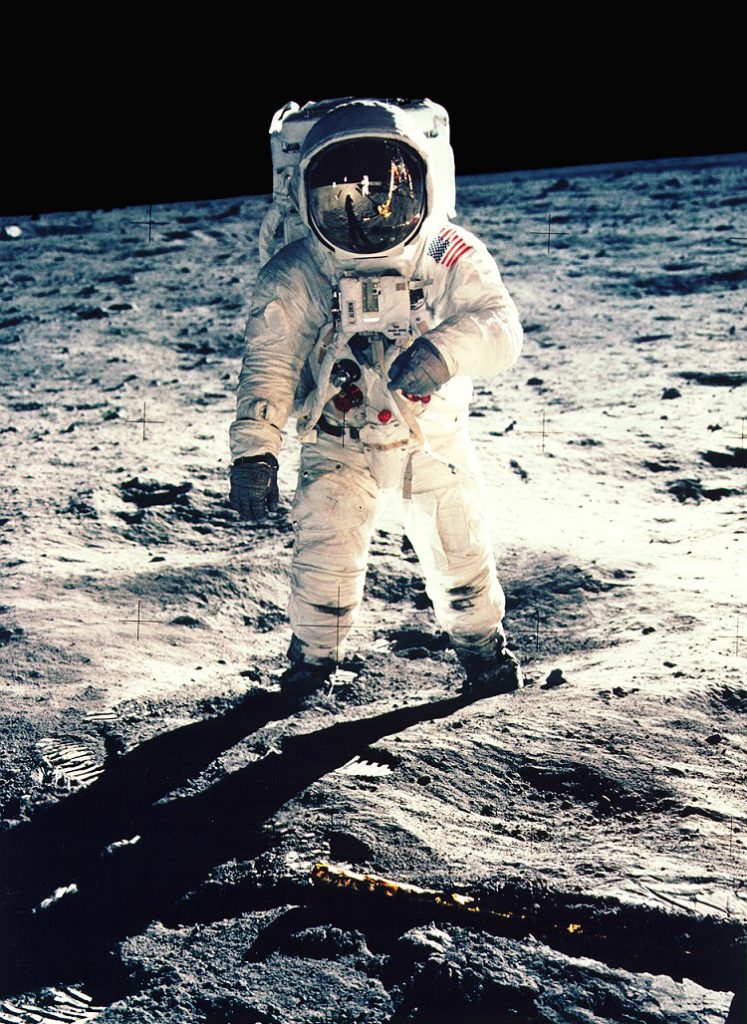Space Station & Moon

One way to think about it is by comparing their distances. You have already seen the Earth-Moon system to scale using our Styrofoam balls. The Space Station orbits Earth at an altitude of about 350 kilometers — which is less than 3% of Earth’s diameter. If you calculate it, you’ll find that on our Styrofoam ball scale, this would place the Space Station only about 2 millimeters above the ball representing Earth! Put a different way, this means that the Moon is about 1,000 times as far from Earth as the Space Station.